"Today is a bad air day." You may have heard this warning on drive-time radio, especially on muggy summer days. On "orange" days, the air is too thick with pollution for infants, seniors and people with breathing difficulties, who are warned they should stay indoors. Those people may miss work, school and other important activities. "Red" days are unhealthy for everyone. Even those in good health are urged to avoid strenuous activities and time outdoors on these bad air days.
Later this week, the U.S. Environmental Protection Agency (EPA) is poised to help, by adopting stricter limits on exposure to one of the leading sources of poor air quality: soot. Also known as fine particulate matter, soot is a mix of tiny chemical and metal particles from car and truck exhaust and smoke from power plants and forest fires. When we breathe it in, soot can interfere with our lungs and increase the risk of asthma attacks, lung cancer and even premature death. The smallest particles can pass into the blood stream and cause heart disease, stroke and reproductive complications.
Unfortunately, a deliberate and coordinated effort to weaken, delay, or block the EPA has been underway for years here in Washington. Too many members of Congress seem willing to give corporate polluters, many of whom happen to be major political donors, a free pass to poison the air.
You can bet that there will be intense pressure from polluters and special interests to stop the EPA from moving forward with its new rule on December 14th. It's bucks vs. lungs. We need to let the EPA know that there is real support for following through on these new air quality standards.
Please take a moment to sign this petition in support of the EPA's new air quality standards and share what clean air means to you. I will make sure that your comments and stories are delivered to the EPA.
The toll of this filth in our air is real. The costs are paid in premature deaths and reduced quality of life, in medical bills, in strained public health services and in missed days of work and school -- all from pollution in our air. Asthma is the number-one health reason for missed school days and the fourth leading cause of missed adult work days. My home state of Rhode Island has the sixth highest rate of asthma in the country. More than 11 percent of the people in my state suffer from this chronic disease. In 2009, 1,750 Rhode Islanders were in the hospital for asthma. Those hospital stays cost about $8 million, not to mention the costs of medication and those missed days of work and school.
Rhode Island and other states along the Eastern Seaboard are downwind of tall smokestacks spewing soot pollution. Five states -- Ohio, Pennsylvania, West Virginia, Illinois and North Carolina -- have been identified by the EPA as contributing significantly to Rhode Island pollution. As of 2010, 284 tall smokestacks -- stacks over 500 feet -- were operating in the United States: needles injecting poison into the atmosphere.
Rhode Island works hard to reduce air pollution in our communities. We passed laws to prohibit cars and buses from idling their engines and to retrofit school buses with diesel pollution controls. But there is only so much a single state can do, particularly against out-of-state pollution. We need the EPA to take action at the national level.
The public health community has long pushed for updating the soot standard, unchanged since 1997. Stronger restrictions on particulate matter could prevent as many as 35,000 premature deaths every year, 2,000 heart attacks, 23,000 hospital visits, 1.4 million asthma attacks, and 2.7 million days of missed work or school. A stronger standard can save between $2 billion and $6 billion each year in avoided health care costs.
That's real money that could be in the pockets of American families. But more importantly, it means fewer scary nights for parents and more days in the classroom for kids. It means more people working outdoors and more children playing in the open air. It means a better quality of life for millions.
Help me let the EPA know what clean air means to your family. Click here to share your support. We'll be sending your stories to the EPA.
The American people have a right to know the air they breathe is safe. Literally thousands of studies tell us that the old standard -- the one we now use to announce orange days and red days -- is too weak and the problem is worse than we think. The EPA's long-overdue action gives us an important tool in the fight for cleaner air, a stronger economy and healthier communities.
